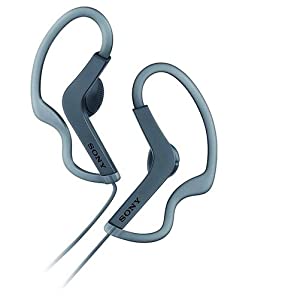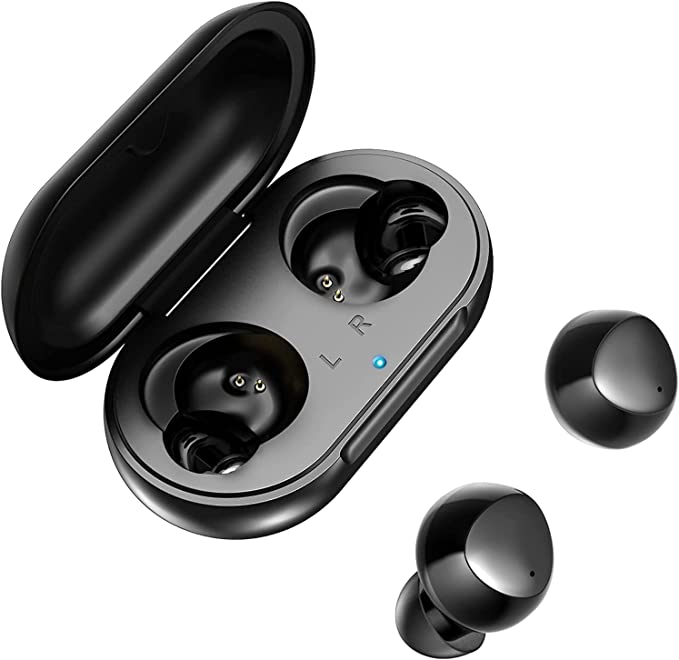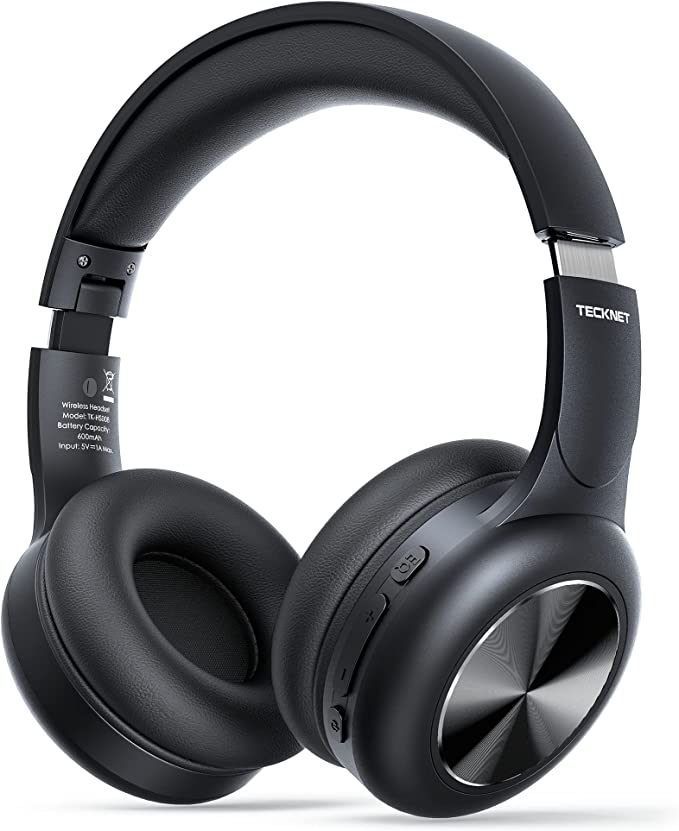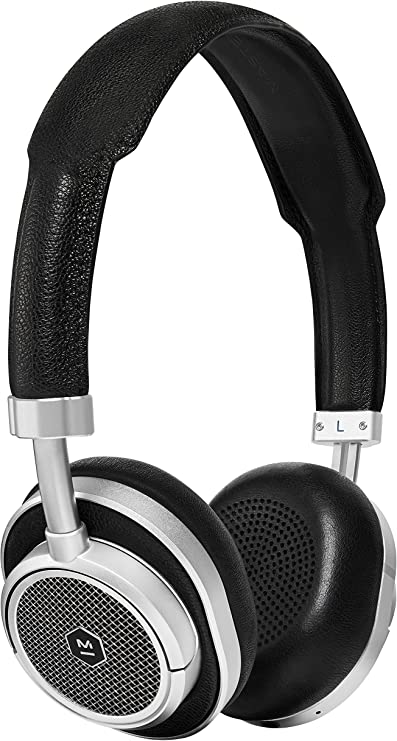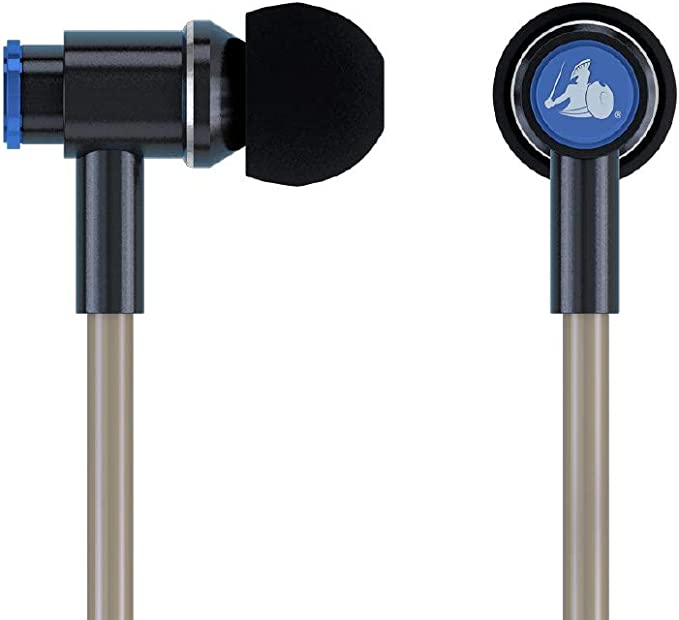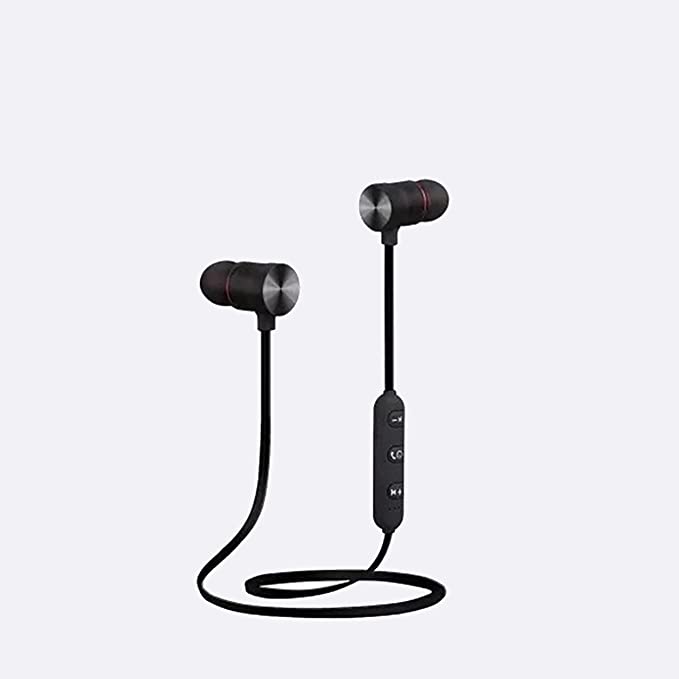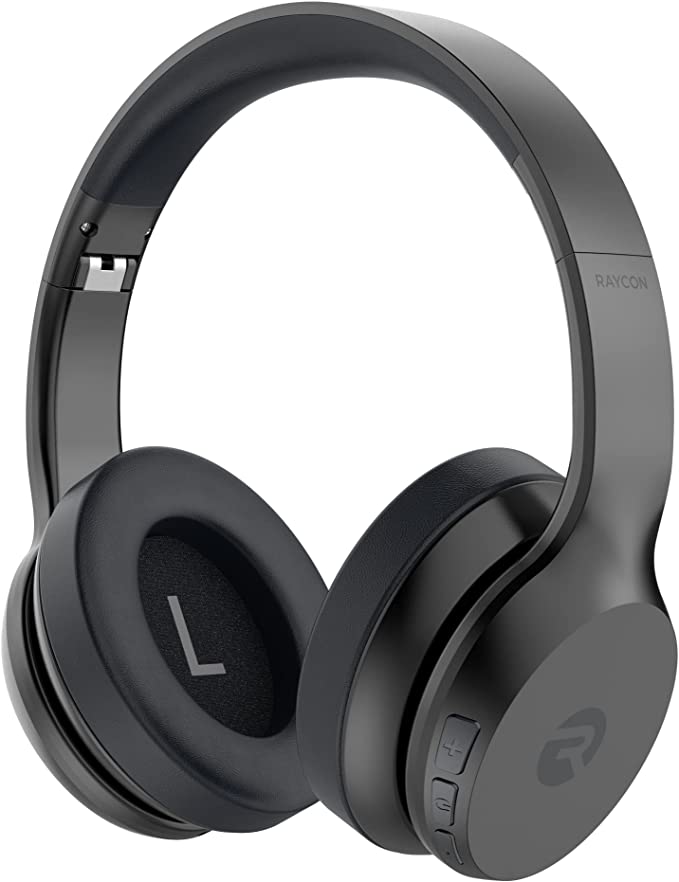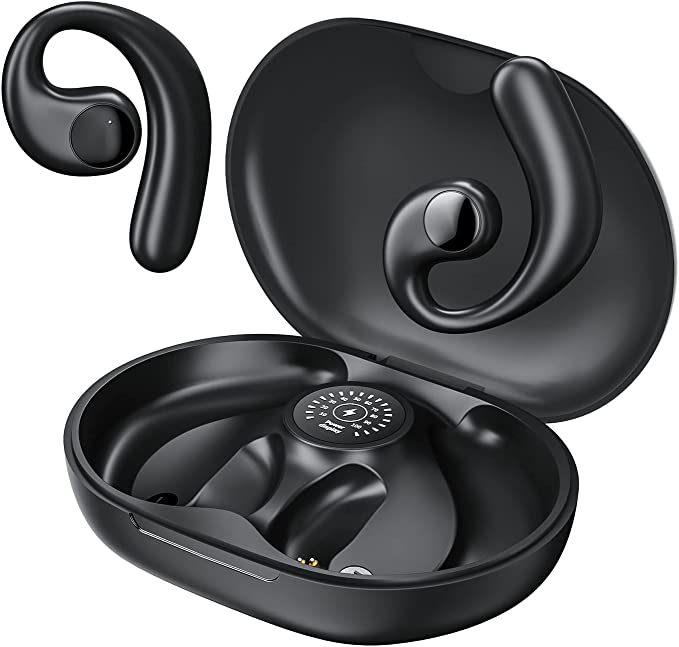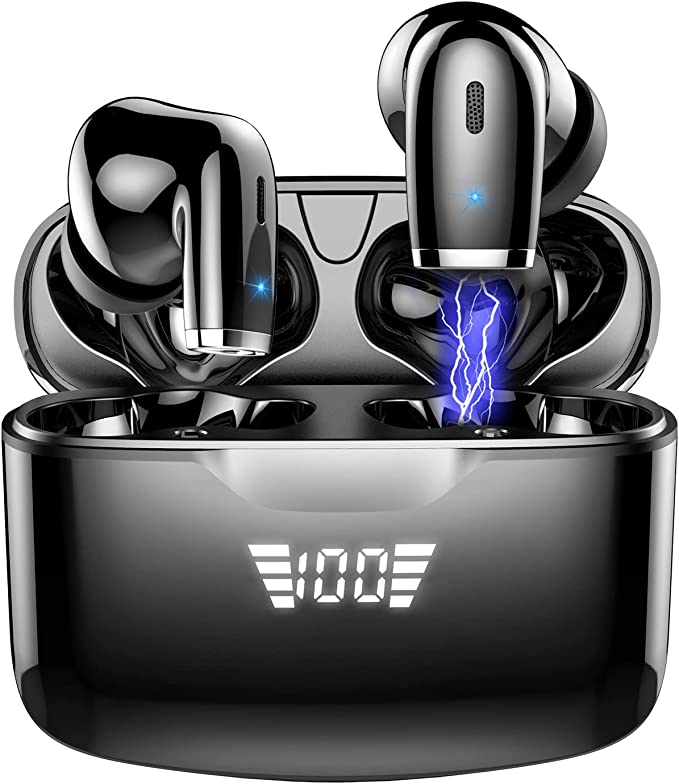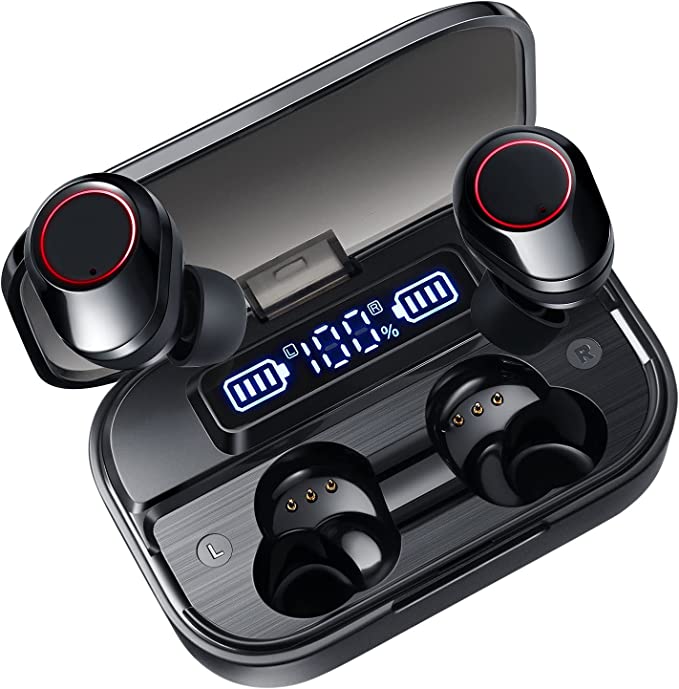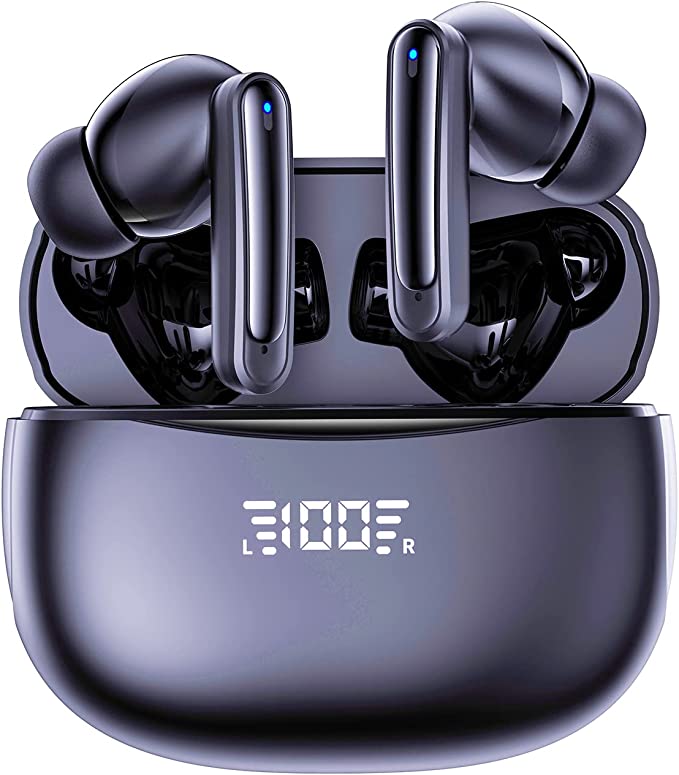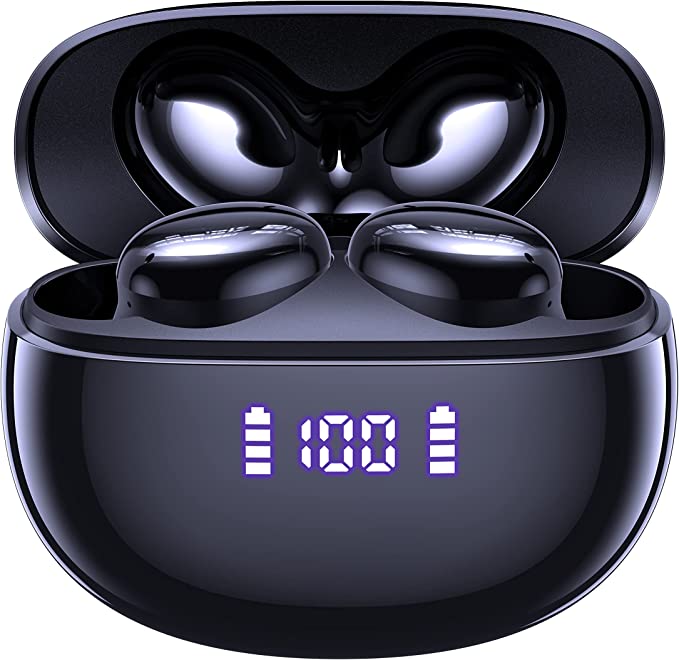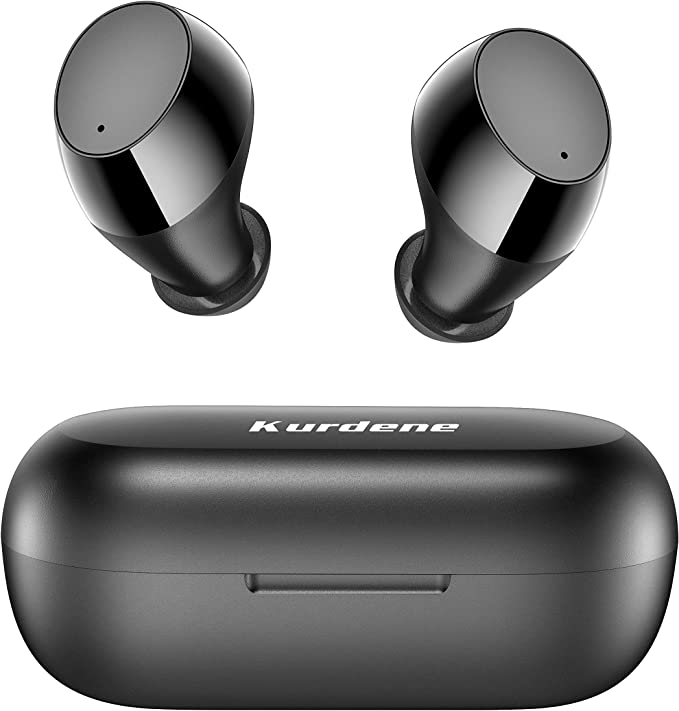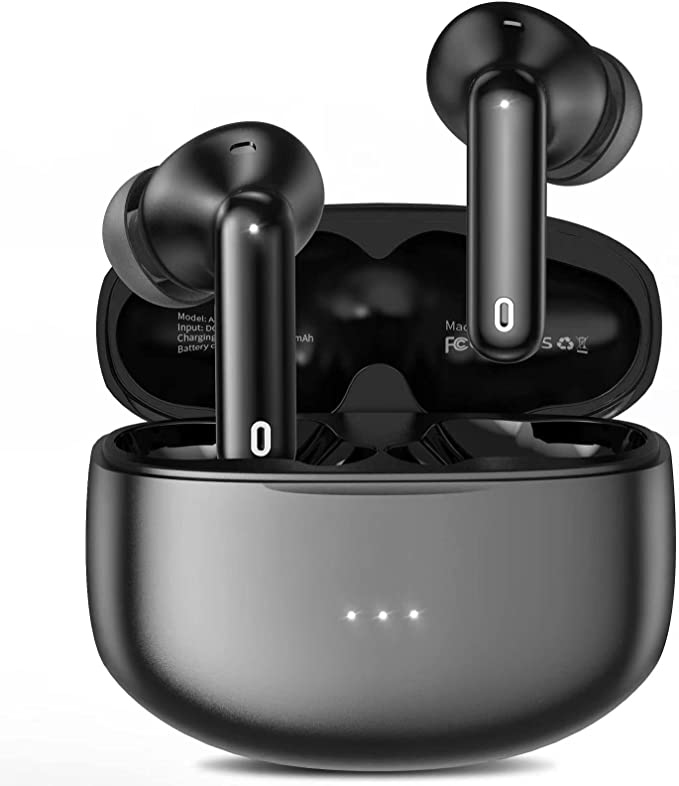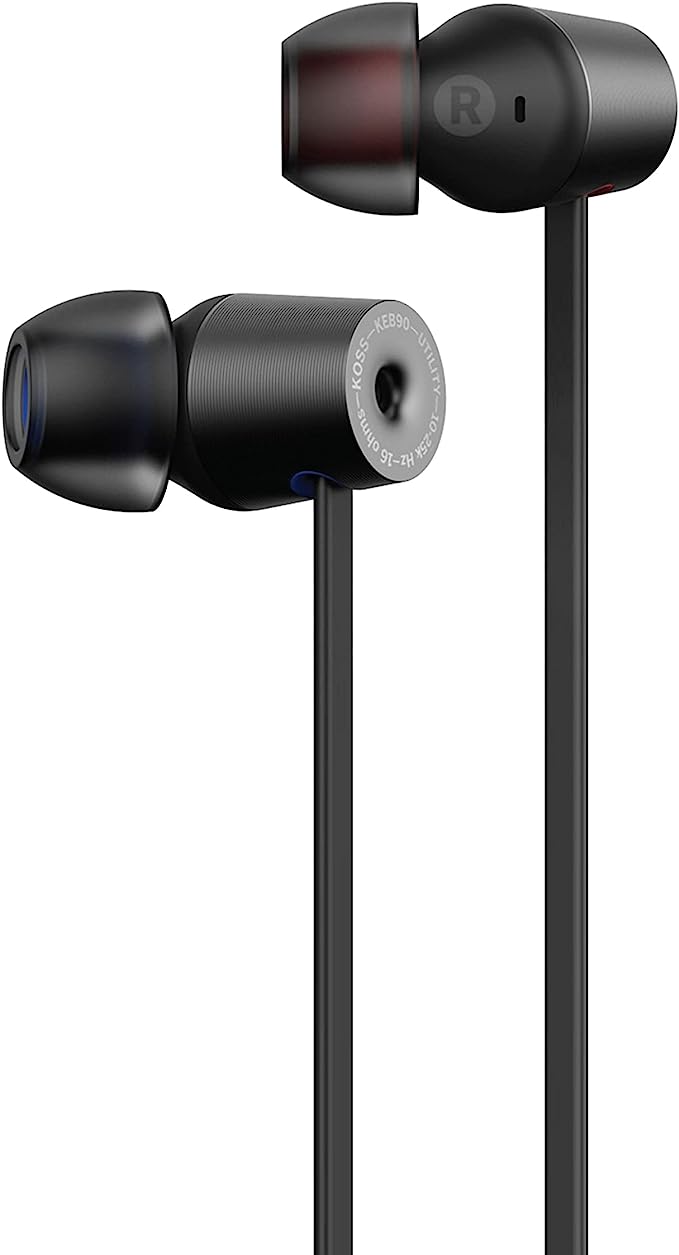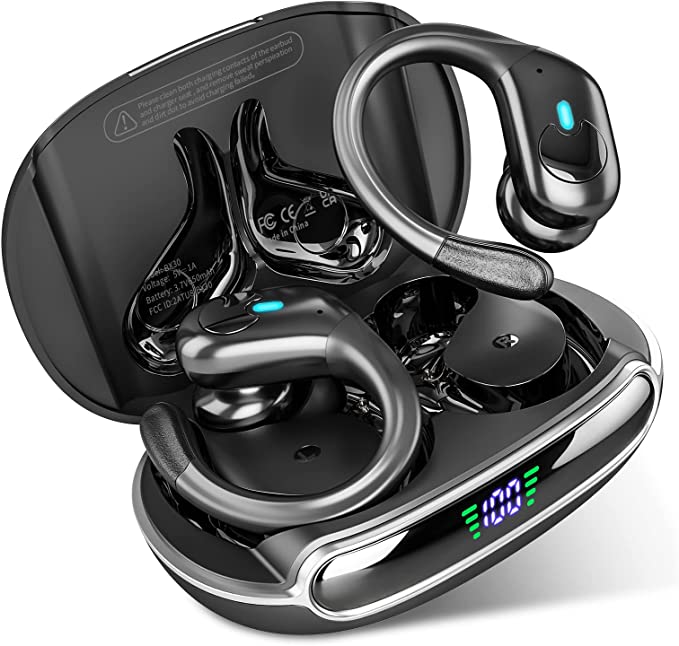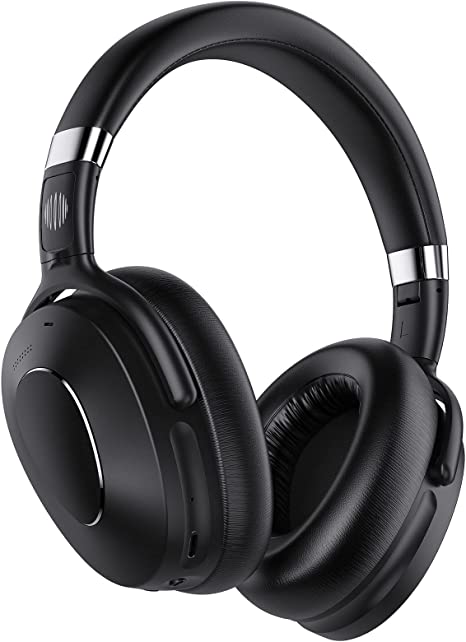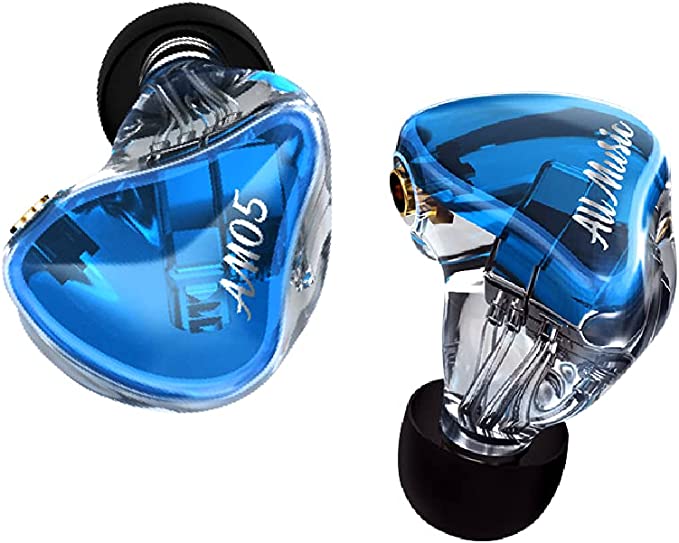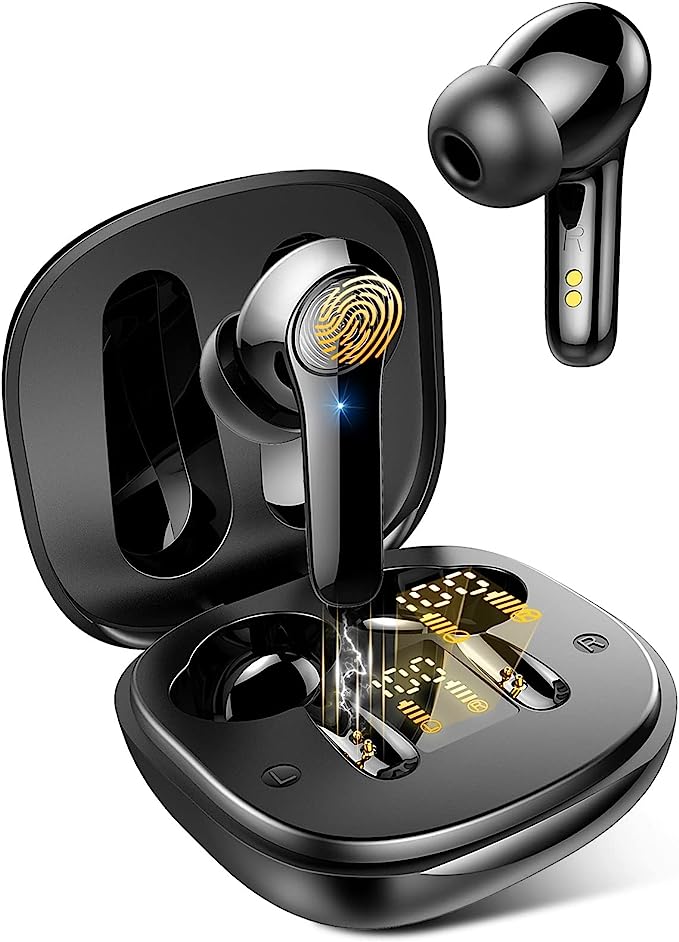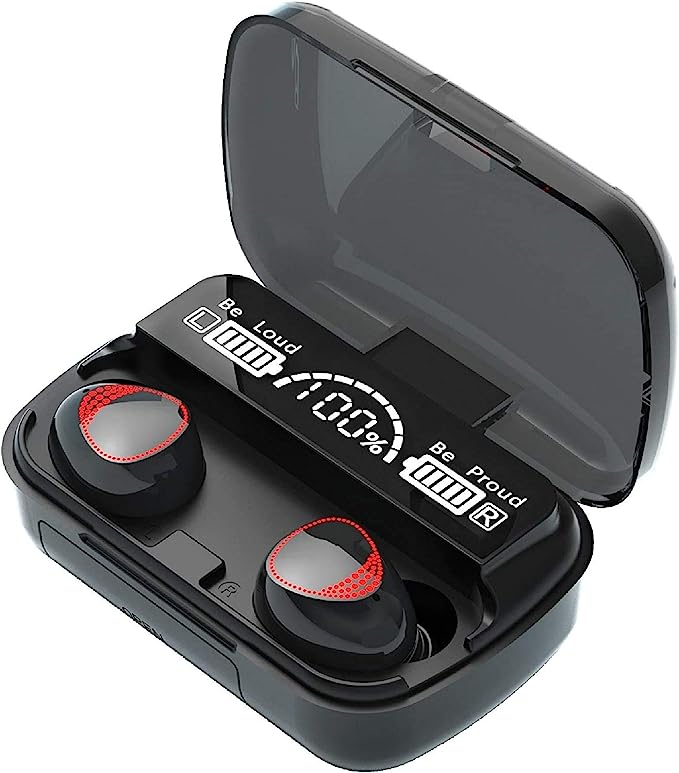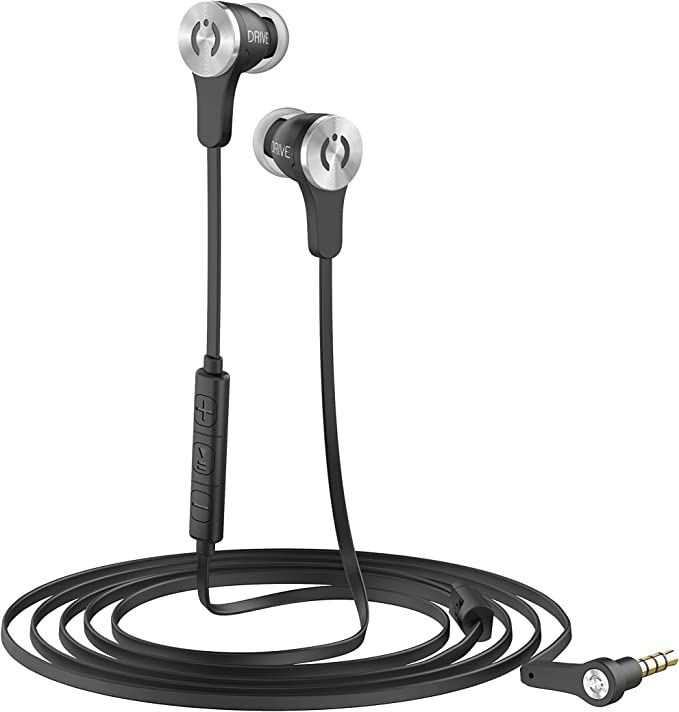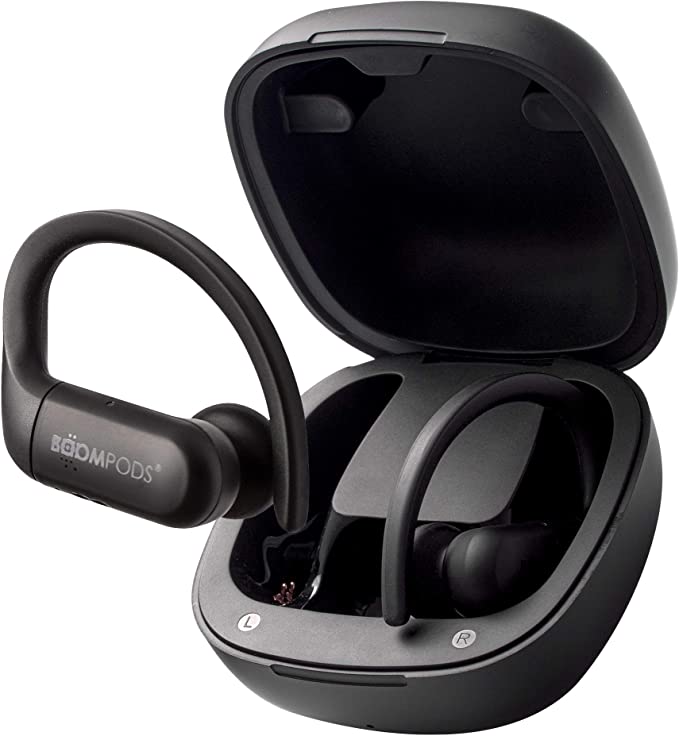Joysico YS3: Your Ultimate Workout Companion for Uninterrupted Audio Bliss
Update on Sept. 13, 2025, 8:34 a.m.
It’s a universally understood moment of modern agony. You’re in the zone—pounding the pavement on a perfect run, deep in a podcast on a crowded train, or losing yourself in a new album. Then, you feel it. That subtle, sickening loosening. The music in one ear grows distant. You have a split second to react before the rogue earbud makes a break for freedom, dangling uselessly by its wire or, worse, clattering onto the grimy floor.
We’ve been conditioned to see this as a failure of technology. We blame the brand, the shape, the wireless connection. We hunt for the next expensive gadget promising an unshakeable fit through complex algorithms or space-age materials. But what if the problem isn’t a tech problem at all? What if it’s a physics problem? And what if the most elegant solution isn’t found in a flagship product, but in the humble design of a basic, $13 pair of wired earphones?
Let’s dissect the simple genius hidden in plain sight, using a pair of Joysico YS3 earbuds not as a product to be reviewed, but as a perfect case study in applied science.

The Tyranny of the Tug
First, we must respect our enemy. The forces conspiring to eject an earbud from your ear are relentless. There’s the constant, downward pull of gravity. There’s the inertia from your own body’s movement; as your head bobs and weaves, the earbuds want to continue on their previous path, which is often “out of your ear.” Finally, for wired sets, there is the most treacherous villain of all: the cable snag, a sudden, sharp tug that transmits a shocking amount of force directly to the earpiece.
Our instinctive reaction is to fight back with brute force: we jam the earbud deeper into the ear canal. This is a losing strategy. It temporarily increases the frictional force holding the bud in place, but it dramatically increases the pressure, leading to discomfort and pain. It doesn’t solve the fundamental physics of the situation. The forces are still there, waiting for their moment. A truly smart design doesn’t fight the physics; it outsmarts it.
A Grappling Hook for Your Ear
This brings us to the most visually obvious, yet deeply underappreciated, piece of engineering on many sports headphones: the over-ear hook. It looks simple, almost like an afterthought. But it is a masterclass in biomechanics and leverage.
Your outer ear, or auricle, is not a smooth, useless flap of cartilage. It’s a complex landscape of ridges and valleys, chief among them the firm curve at the top where the ear joins the head. The over-ear hook doesn’t just hang there; it uses this structure as an anchor point. It’s less like a hook and more like a rock climber’s hand finding a perfect, secure hold on a rock face.
What’s happening here is the redistribution of force. Instead of all the yanking, bouncing, and gravitational forces being concentrated on the tiny point of contact inside your ear canal, they are transferred to the much larger, more stable structure of your entire outer ear. The hook acts as a lever, transforming a direct pulling force into a gentle, distributed pressure that your ear can barely feel. It’s a beautifully simple machine, and its effectiveness is why a well-designed hooked earbud stays put during the most vigorous workout, even when you’re also wearing glasses.

Building a Soundproof Room in Your Head
But a secure fit is only half the battle. The other half is about creating a perfect acoustic environment. This is where we encounter one of the most misunderstood terms in audio: noise isolation.
Many premium headphones boast Active Noise Cancellation (ANC), a brilliant piece of technology that uses microphones and processors to create an “anti-noise” sound wave to cancel out ambient sounds. It’s a digital solution. But there is a far older, and in some ways more fundamental, principle at play: Passive Noise Isolation (PNI).
Think of PNI as soundproofing a room. You don’t use microphones; you use thick walls, sealed windows, and heavy doors. It’s a physical barrier. In an earbud, that barrier is the soft tip that fits into your ear canal. To be effective, it must create a near-perfect acoustic seal.
This seal is everything. It physically blocks high-frequency sound waves—like the chatter of voices or the clatter of a keyboard—from entering your ear. Just as importantly, it traps air inside your ear canal, which is essential for the proper perception of bass. Low-frequency sounds are long, powerful waves of air pressure. If the seal is poor, that pressure leaks out, and the bass sounds thin and weak.
This is why the inclusion of multiple eartips isn’t just a nice-to-have accessory; it’s a scientific necessity. Human ear canals are as unique as fingerprints. A product like the YS3 comes with six pairs of tips, including both silicone and memory foam, acknowledging this reality. * Silicone is a purely elastic material. It’s durable and easy to clean, acting like a flexible plug. * Memory Foam is a marvel of material science. It’s a viscoelastic material, meaning it has properties of both a liquid (it flows to fill a space) and a solid (it holds its shape). When you compress it, it doesn’t just spring back; it slowly expands to conform perfectly to every unique nook and cranny of your ear canal, creating a superior acoustic seal.
Choosing the right tip isn’t about preference; it’s an experiment in applied physics to find the optimal barrier for your personal anatomy. When a user raves about the “variety of ear pieces,” they are unknowingly celebrating the successful application of acoustic engineering and material science.

The Art of Being “Just Right”
Finally, once the earbud is secure and the outside world is sealed off, we can talk about the sound itself. Here, another myth persists: that powerful, booming bass is the ultimate sign of quality. The truth is, that’s a choice, not a standard.
The 13mm drivers inside these earbuds are engineered to produce what is called a “balanced” sound. Imagine a chef whose goal is to let you taste the true, nuanced flavor of every single ingredient in a dish. That’s a balanced sound signature. It strives to reproduce all frequencies—lows, mids, and highs—with equal clarity. This is perfect for listening to podcasts, acoustic music, or movie dialogue, where the clarity of the human voice is paramount.
A bass-heavy tuning, by contrast, is like a chef who adds a rich, powerful sauce to everything. It can be exciting and satisfying, but it can also overwhelm the more subtle flavors in the dish. Neither approach is inherently “better,” but one is a deliberate choice for clarity, and it’s important to recognize it as an engineering decision, not a shortcoming.
In the end, the humble wired earbud, when thoughtfully designed, is a testament to an enduring truth: the most profound innovations are often not the most complicated ones. They are the ones that deeply understand a fundamental problem and solve it with an elegant application of basic science. Stability is achieved not with software, but with biomechanics and leverage. Isolation is created not with algorithms, but with a physical seal rooted in material science.
The next time your earbud stays perfectly in place during a run, take a moment. It’s not magic holding it there. It’s a quiet, beautiful victory of physics.

